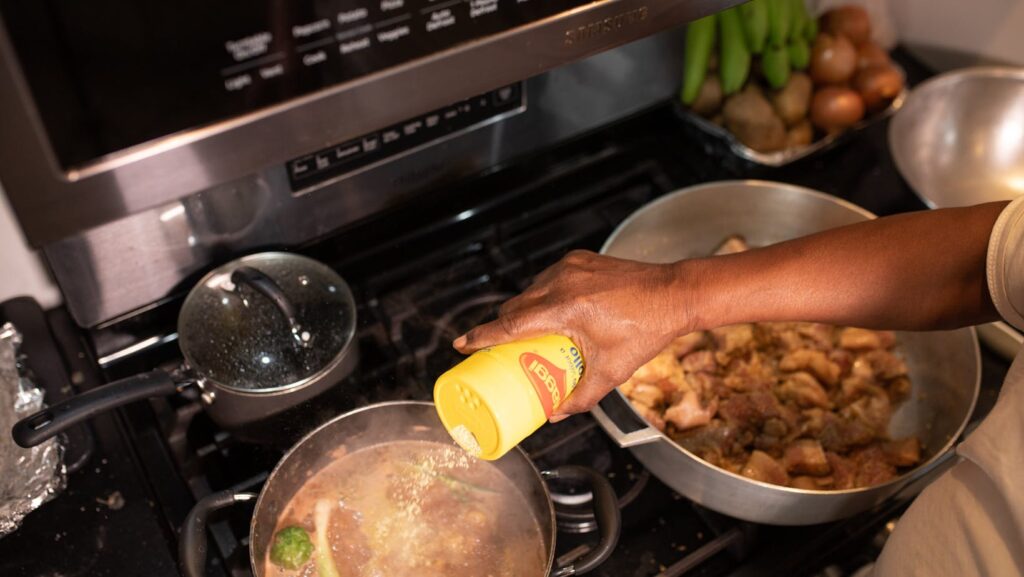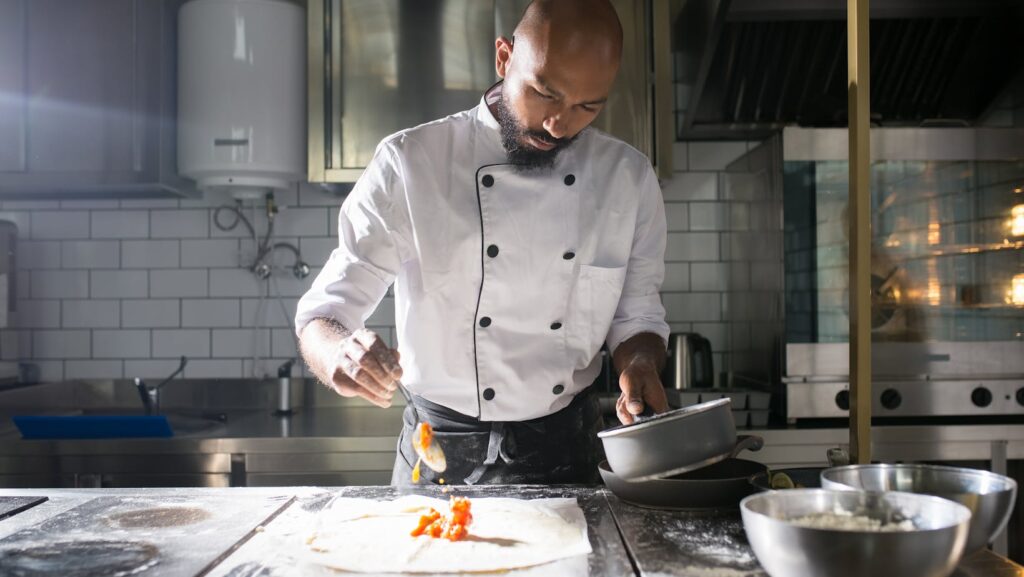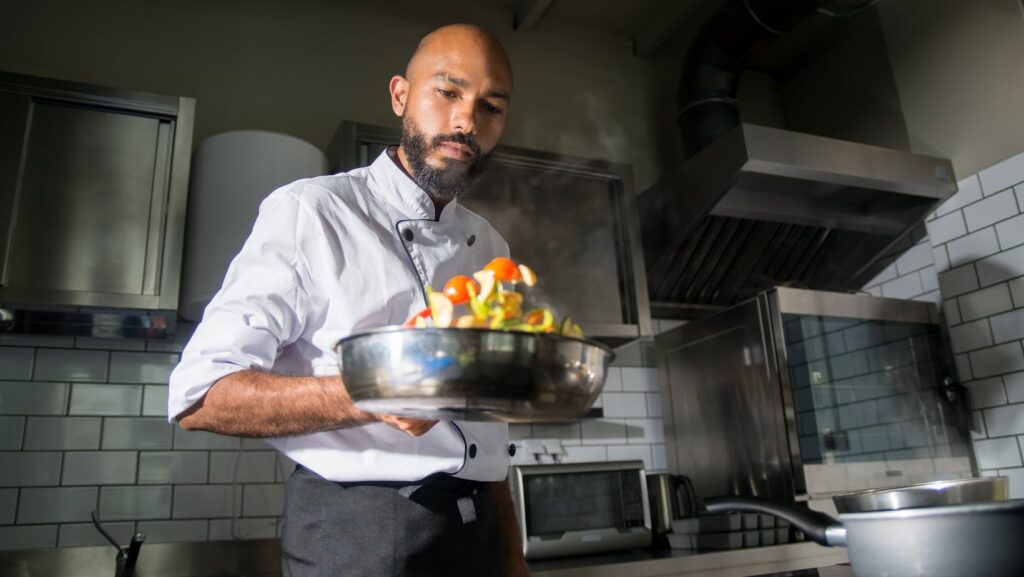You’ve got a kitchen full of ingredients and a desire to create a culinary masterpiece. But where do you start? The answer lies in mastering different cooking techniques.
Cooking is an art, and like any art, it’s all about understanding the basics. Whether you’re a beginner looking to take your first steps in the kitchen or an experienced cook wanting to refine your skills, knowing a variety of cooking techniques can elevate your dishes from good to great.
Different Cooking Techniques
Picking up from the assertion that cooking techniques play a pivotal role in culinary arts, let’s delve deeper into these techniques. We can categorize these methods broadly into two types: Wet Cooking Methods and Dry Cooking Methods.
Wet Cooking Methods
Wet cooking methods are those techniques where heat is transmitted to food via water or other liquids. There are multiple types of wet cooking methods, such as boiling, simmering, braising, stewing, steaming, and poaching.
Boiling involves bringing a liquid, often water or a flavorful broth, to a high temperature (212°F, 100°C). It’s most often used for vegetables, pasta, or eggs.
Simmering means cooking in a liquid heated to a temperature range of 185°F to 205°F (85-96°C), which allows for gentle bubbles on the surface, ideal for tenderizing tougher cuts of meat or amalgamating flavors in a soup or stew.
Braised dishes employ both dry and wet cooking techniques. The food is first seared at a high temperature, then finished in a covered pot at a lower temperature while sitting in some amount of liquid, resulting in a moist and flavorful dish.
Stewing, like braising, involves a combination of a dry heat method followed by simmering in a liquid. However, the pièce de résistance in a stewed dish tends to be cut into smaller pieces compared with a braised one.
Using steam as the primary heat source falls under steaming, an indirect moist technique often employed for vegetables, seafood, or certain kinds of dumplings.
Lastly, poaching, similar to simmering, involves cooking food submerged in liquid at a relatively low temperature. More delicate food items, like eggs or fish, benefit greatly from this gentle method.

Dry Cooking Methods
Find yourself not using any water or broth while cooking? That’s a dry cooking method right at work. Dry cooking methods include baking, roasting, grilling, broiling, searing, sautéing, and deep-frying.
In baking, the food is cooked in an enclosed environment like an oven, using indirect and diffused dry heat. Baking is the go-to method when you’re preparing bread, pies, cookies, and casseroles.
Roasting also deals with indirect heat in an enclosed environment but is typically used for larger cuts of meat or vegetables. Roasting at a high temperature results in a delicious caramelization that enhances the flavor.
Grilling and broiling share similarities, with high heat used to cook various meats and vegetables. While grilling uses heat from below, broiling takes advantage of heat from above.
A technique that involves minimal oil or fat, searing locks in flavors by creating a caramelized crust on the food’s surface.
Health Implications of Different Cooking Techniques
Let’s look at how these diverse methods of preparing your meals can affect your health. Specifically, we’ll discuss how various cooking techniques influence nutrient retention and the potential risks they may pose such as the formation of carcinogens.
Nutrient Retention
When it comes to nutrient retention, all cooking techniques aren’t created equal. For example, boiling or steaming vegetables helps to soften them, but during this process, essential nutrients like vitamin C can get lost in the water. However, Sous-vide, a modern method, challenges this by cooking food in vacuum-sealed bags at low temperatures over extended periods. Retaining nutrients, particularly delicate ones, becomes achievable in this case, highlighting the role of Sous-vide in ensuring meals are nutrient-packed.

Carcinogens and Other Risks
On another note, certain cooking techniques, mainly dry methods like grilling and roasting, may fabricate health risks by producing potentially harmful substances. For instance, grilling meat at high temperatures can cause the formation of heterocyclic amines (HCAs) and polycyclic aromatic hydrocarbons (PAHs), both known to be carcinogenic in nature. On the contrary, Molecular Gastronomy, another innovative technique involves manipulation of physical and chemical properties, largely avoids these risks.
In essence, understanding the health implications of different cooking techniques means being mindful of how you cook your food, as it directly influences your health. Remember, balance and moderation are keys when employing any cooking method.
So, keep exploring, keep learning, and most importantly, keep cooking. Because ultimately, the best cooking technique is the one that suits your taste and health needs. Happy cooking!
